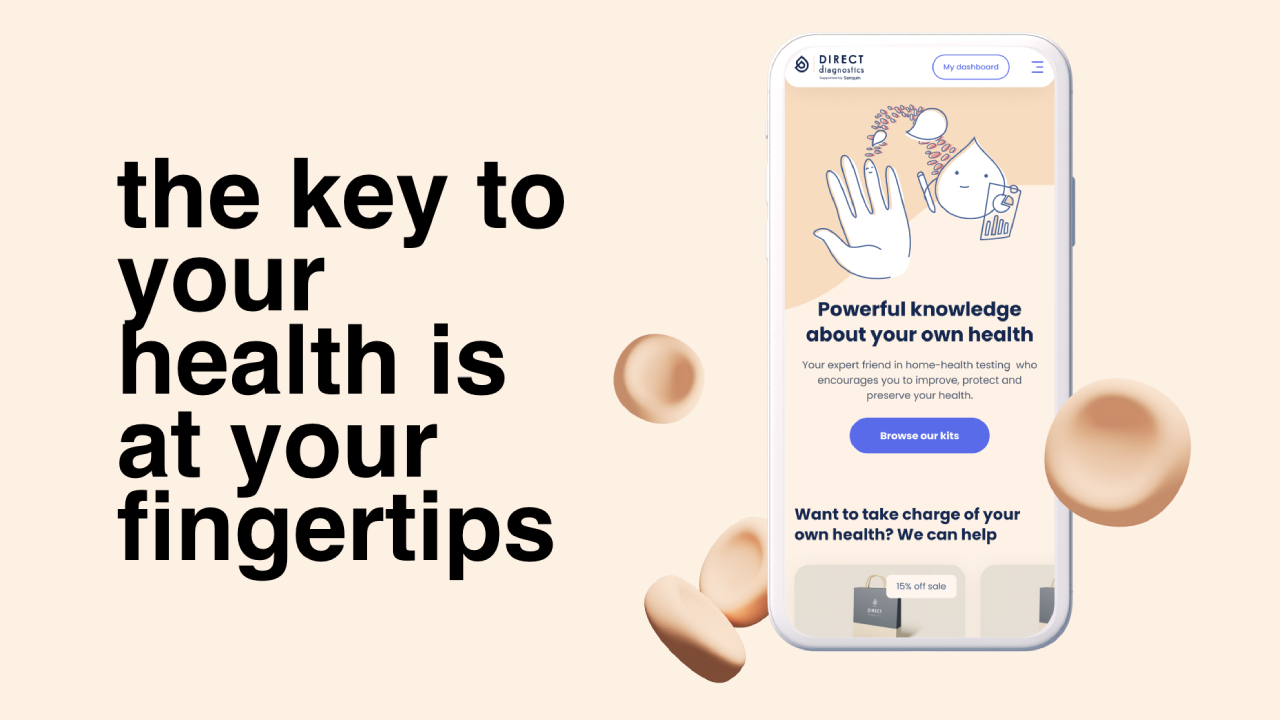
crafting the winning AI solution
Computer vision and AI tech platform Realeyes delivers sophisticated analytics to its clients.
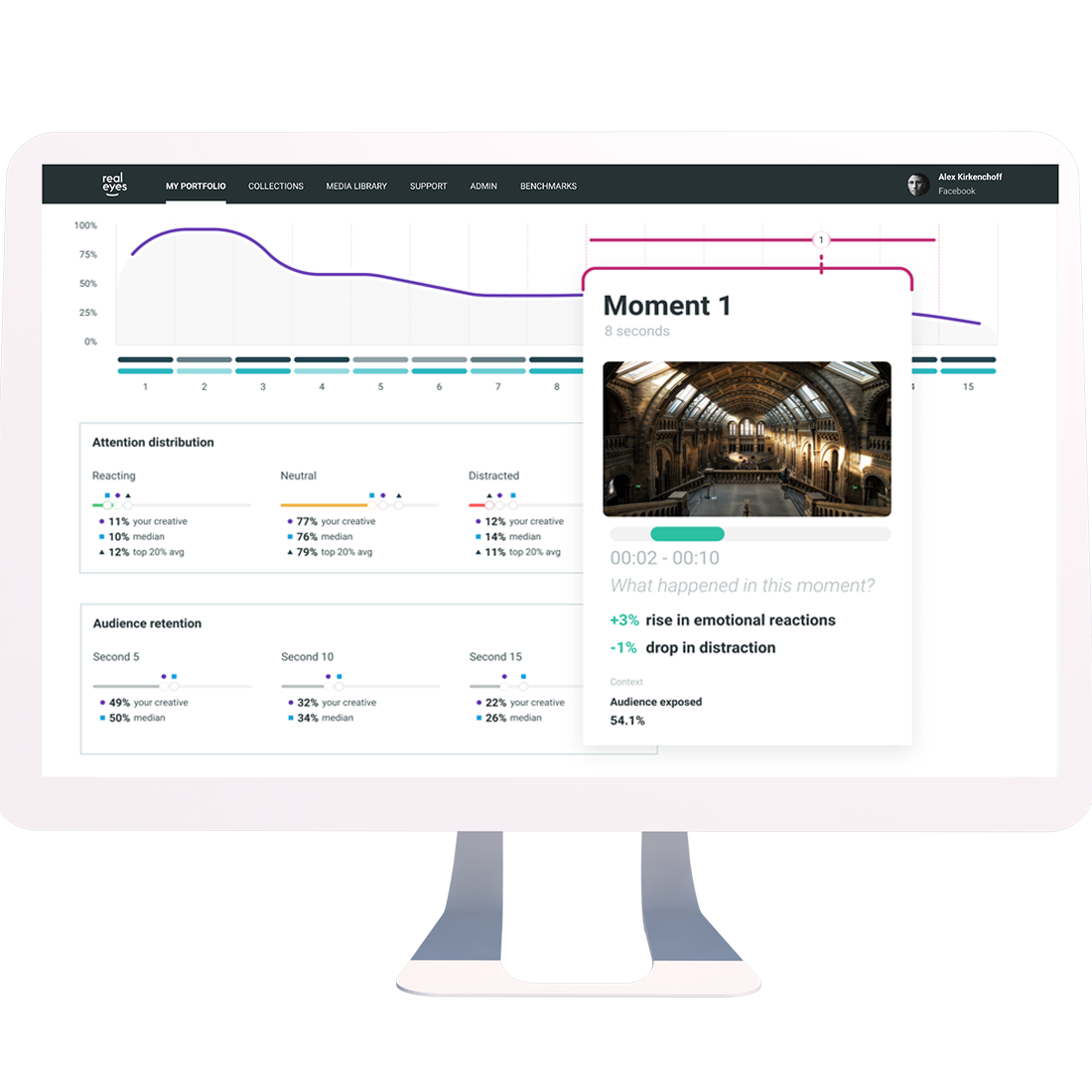
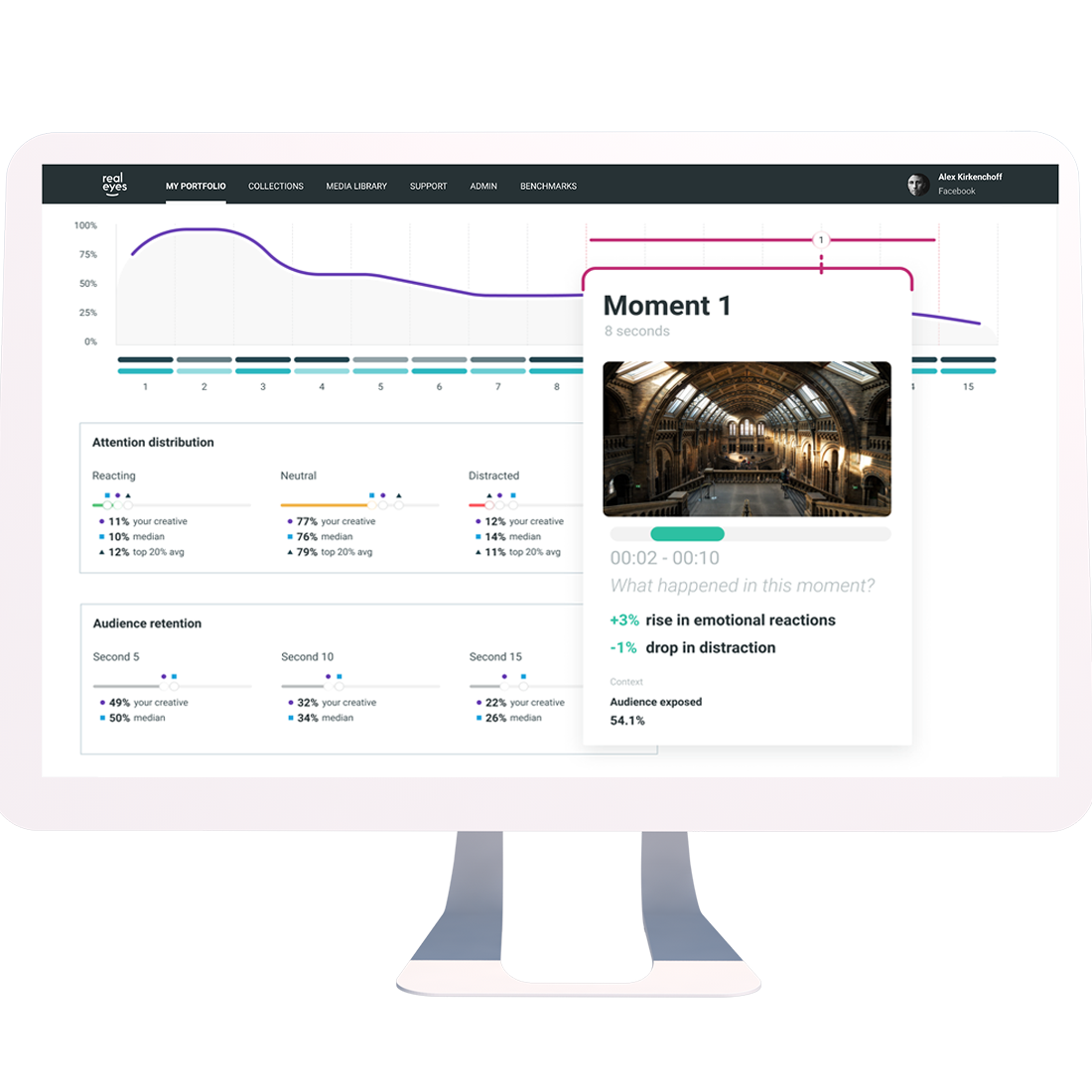
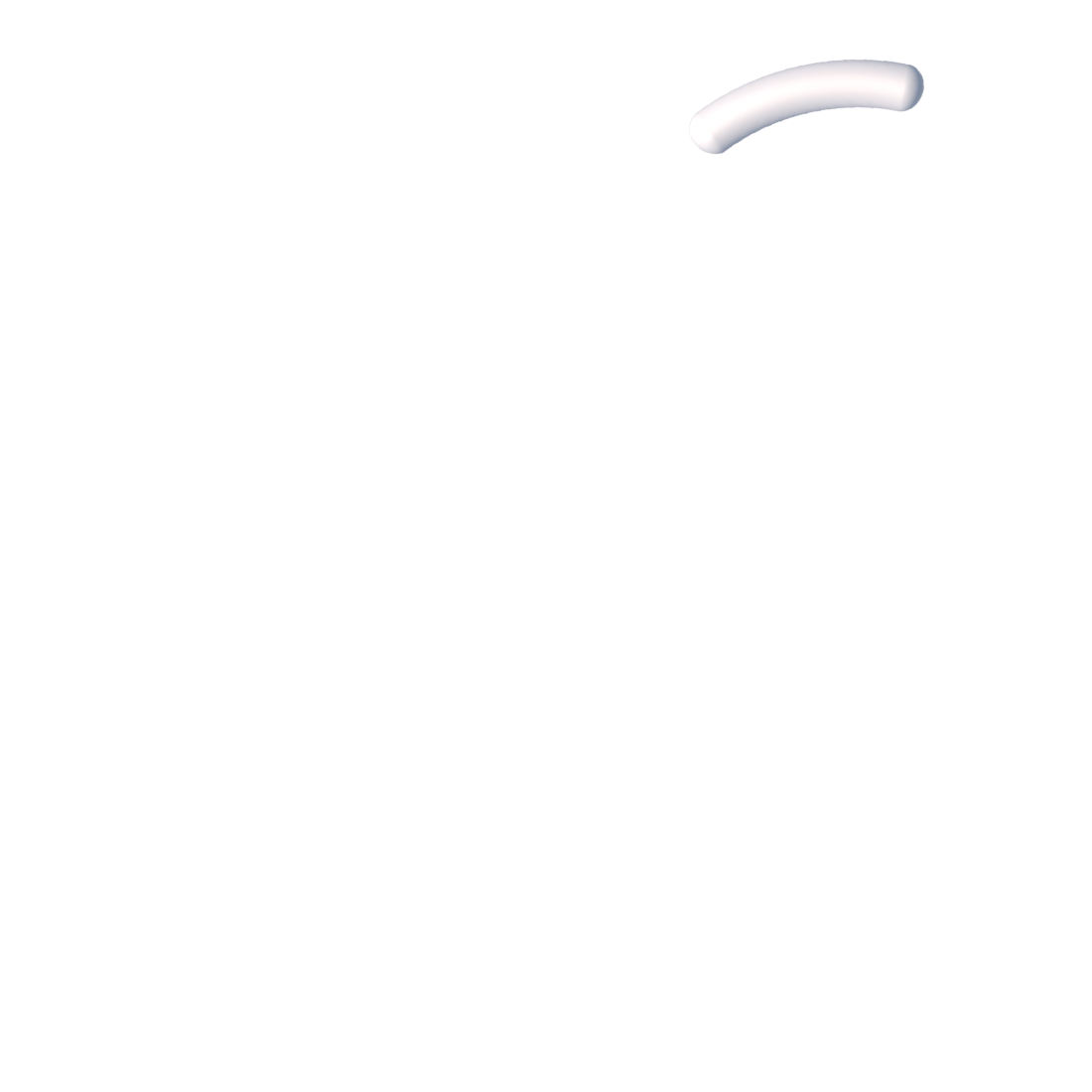
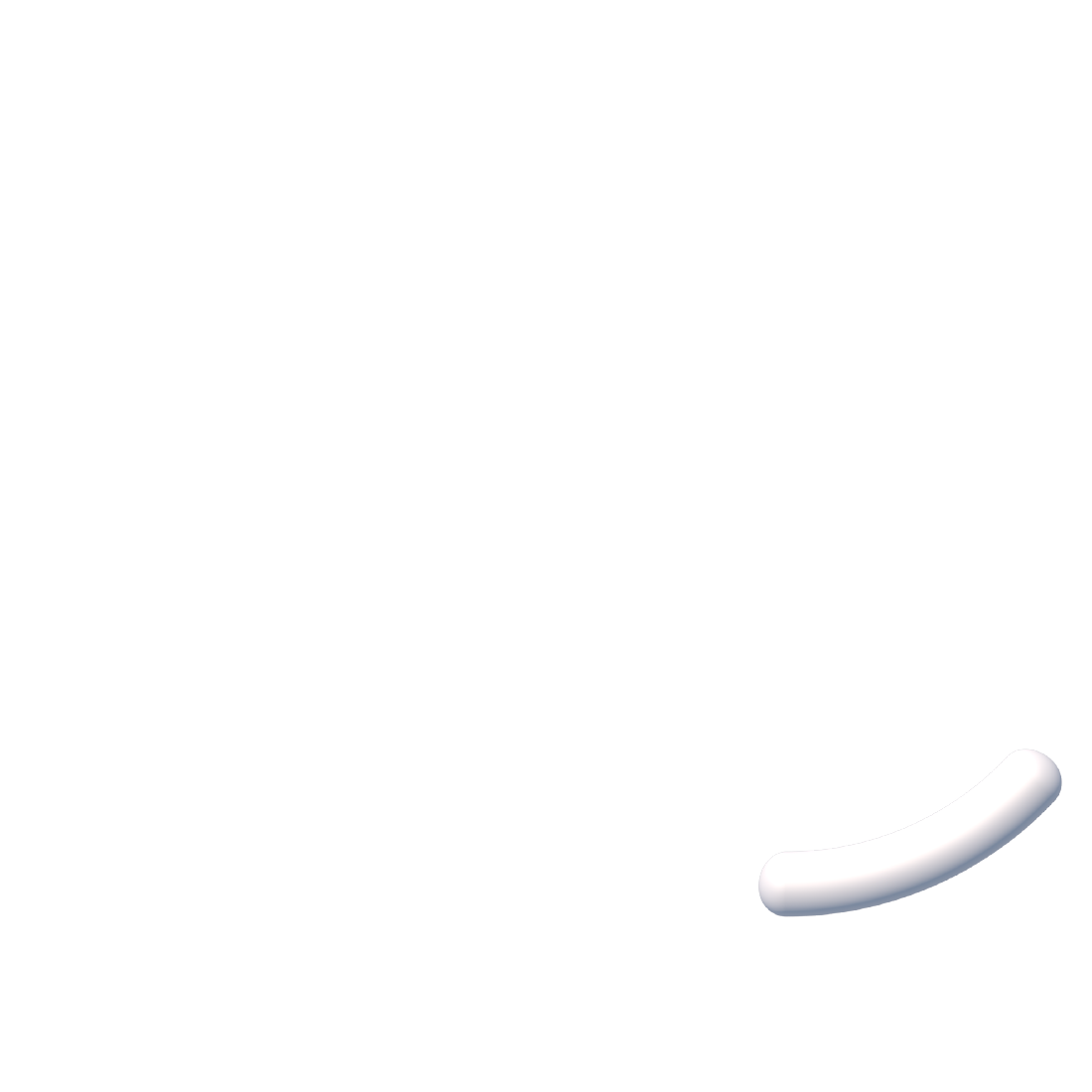


Computer vision and AI tech platform Realeyes delivers sophisticated analytics to its clients.





Until now, Realeyes displayed data for its PreView advertising and attention measurement products statically. They tapped Supercharge to envision the future of reporting in a dynamic, interactive and intuitive format.
Additionally, their product development team had strict timelines to meet evolving client needs amidst the pandemic.
Realeyes operates in nearly 80 countries and has offices in New York, London, Tokyo and Budapest. Customers include brands such as Mars Inc, Church & Dwight, Hershey’s and Expedia, agencies Ipsos, MarketCast and Publicis, and media companies such as Google, WarnerMedia and Teads
Realeyes is a pioneer and innovator in computer vision and emotion AI, applying emotion detection technology into a variety of game-changing use cases such as measuring the attention and emotive responses to video advertising.
PreView, Realeyes’ flagship product, uses front-facing cameras to analyze facial coding data of opt-in viewers as they watch video content online, allowing advertisers to optimize their content and targeting. All scores are delivered in the context of competitive benchmarks and geographic norms.
The Realeyes team aimed for a more effective method of visualizing analytics and delivering them in a user-friendly format to enhance business value for their clients.
To transform data into easily digestible insights, we needed to involve decision-makers with limited availability, who heavily relied on reports in their daily work. This required a design methodology capable of swiftly and intelligently capturing customer insights and requirements.
The product itself is sophisticated and complex, with distinct and varied user personas that, like the Realeyes team themselves, are dispersed across 4 continents. These logistical challenges required innovation collaboration. We established a four-week online sprint, embedding flexibility to ensure focus and energy.
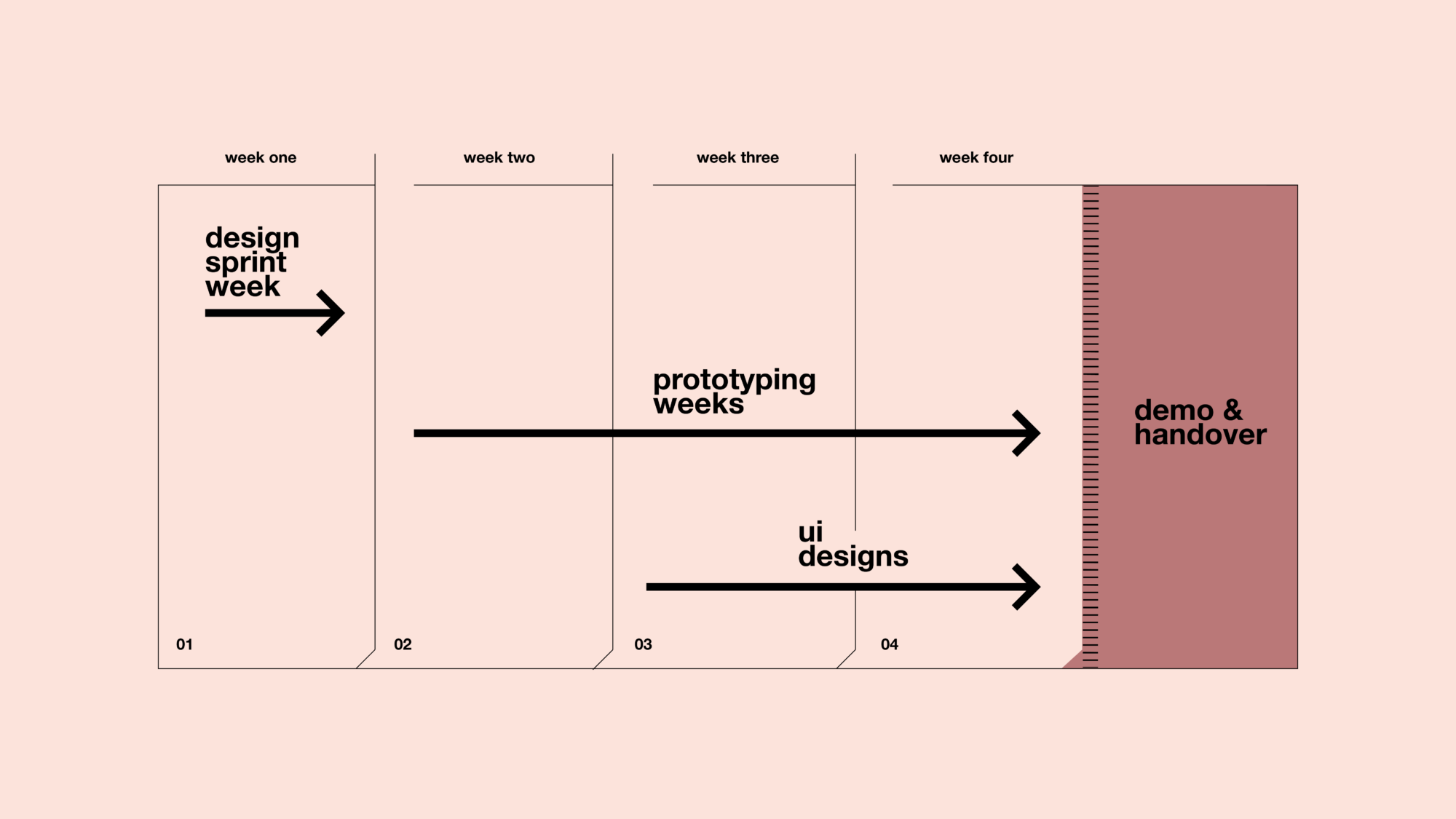
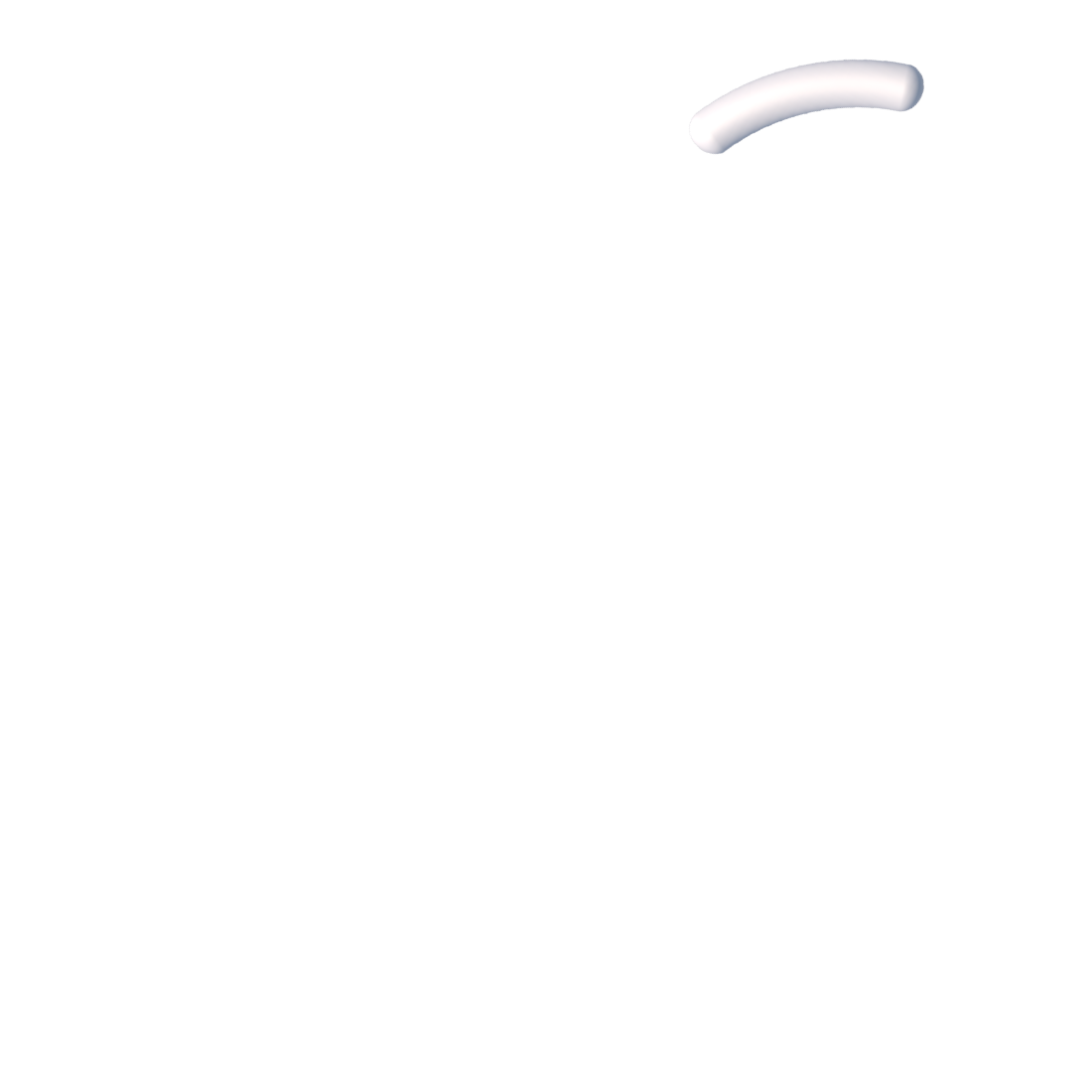
There is no wonder why design sprinting is a popular methodology amongst product teams: it is an intensive collaboration that challenges the myth that “creativity needs time.”
While short, super-intensive bursts are more practical for busy decision-makers than drawn out design research projects, they work best for solving problems with well-defined and limited scopes.
That’s why we established a methodology with extended design sprints that could tackle broader challenges.
Our experience has proven that one-month-long cycle can achieve specific goals, while allowing us to probe deep into complex questions.
The pandemic forced a new normal and remote design work has quickly become our new day-to-day reality. We’ve adapted our design sprinting methodology accordingly:
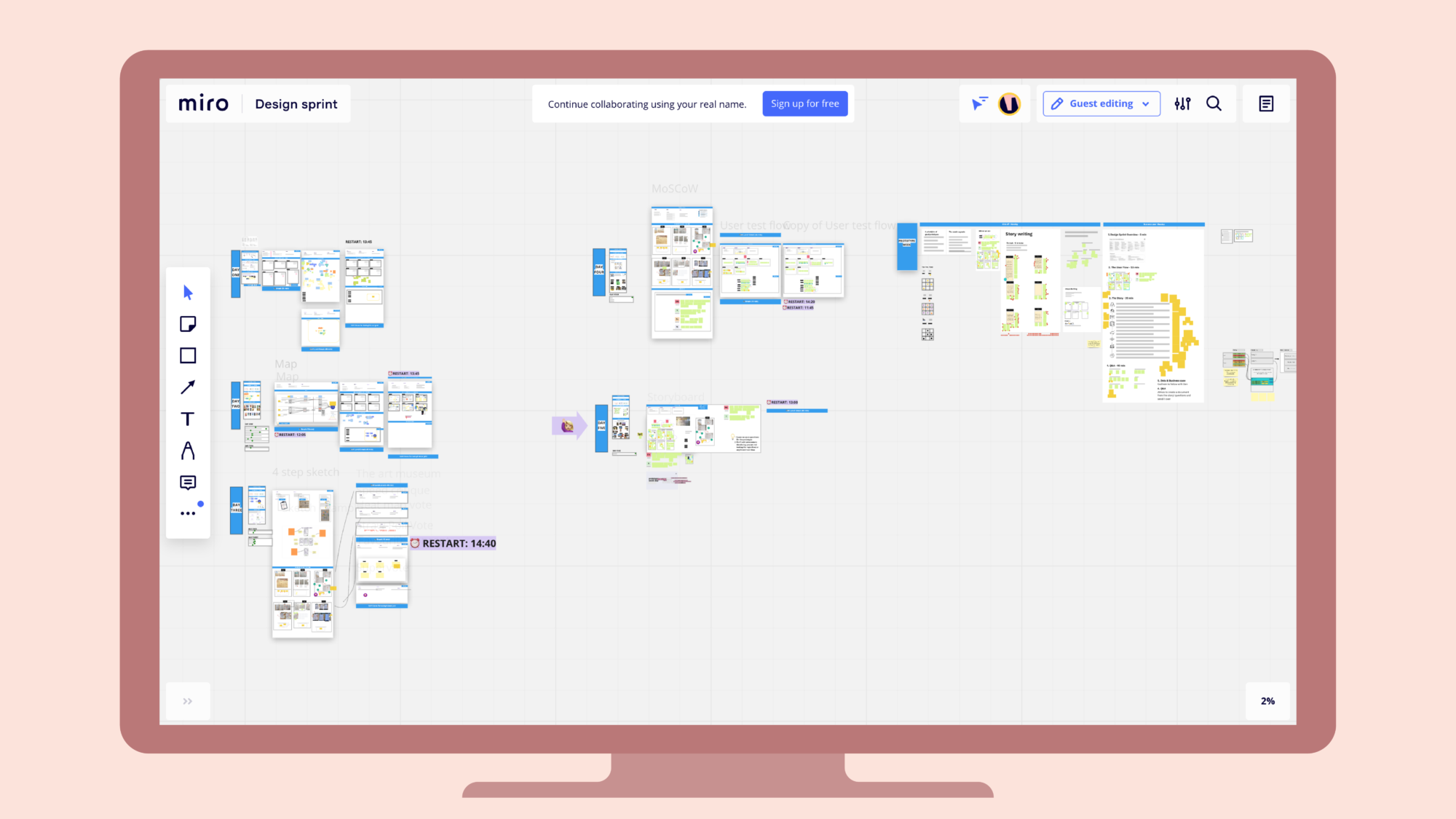
As a first step, we split the sprint into two parts:
The Realeyes sprint started with an intense week of four-hour-long daily workshops. We named this first week the Design Sprint Week for a reason: the majority of business requirements, information architecture and possible features were all mapped within these five days.
For such a diverse team to collaborate for the first time without real-life connection is always challenging. This was the moment when a bit of playfulness came in handy to remove inhibitions and open up a creative discourse.
For example, we launched the sprint using the “Stinky fish” method to unearth the roots of the problem.
The stinky fish is a metaphor for things you carry around with you but don’t like to talk about. The longer you hide your fish, the stinkier it gets. By collectively surfacing our anxieties on the virtual Miro whiteboard, participants could open up and connect with each other.
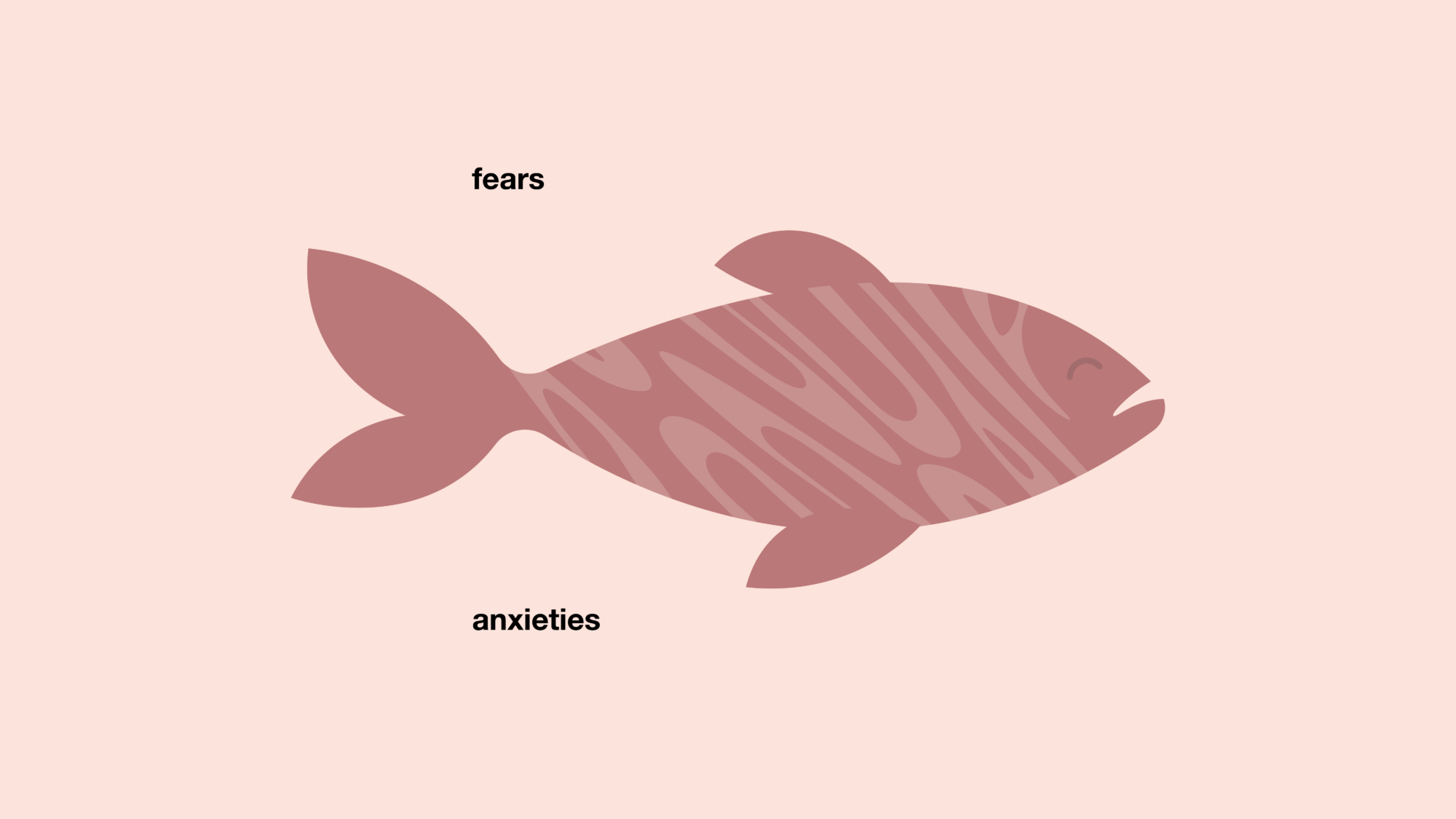
Another creative technique, “the Crazy 8s”, was also very popular with the Realeyes team. This was a fast-sketching exercise where participants drew eight ideas in eight minutes on paper. All members could expand on their first idea and communicate their product vision.
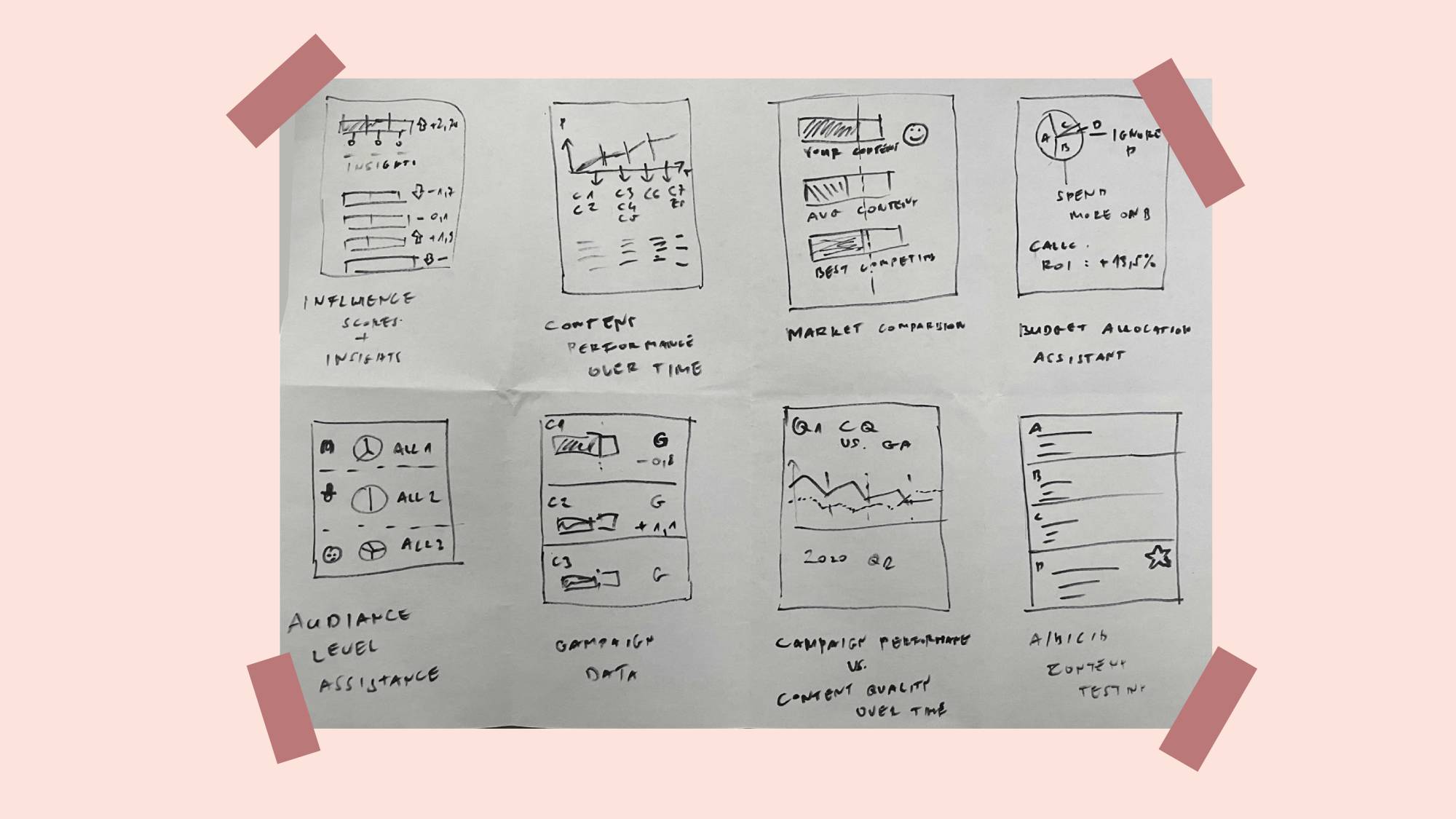

Building on the discoveries of the first phase, we followed with the Prototyping weeks and usability testing.
These two weeks required less participation from Realeyes, as we only needed their experts for our daily hour-long prototype validation sessions.
Our designers completed two iterations with detailed prototypes. Realeyes maintains strong client relationships, which helped us obtain hard to reach user types like CMOs and media buyers. We facilitated ten remote user testing sessions that provided insights for the sprint team to formulate our conclusions.
In order to ensure that users successfully adopt the platform, we thought beyond the limits of a simple onboarding flow. Instead, we structured the challenge according to the “pyramid of information layering”.
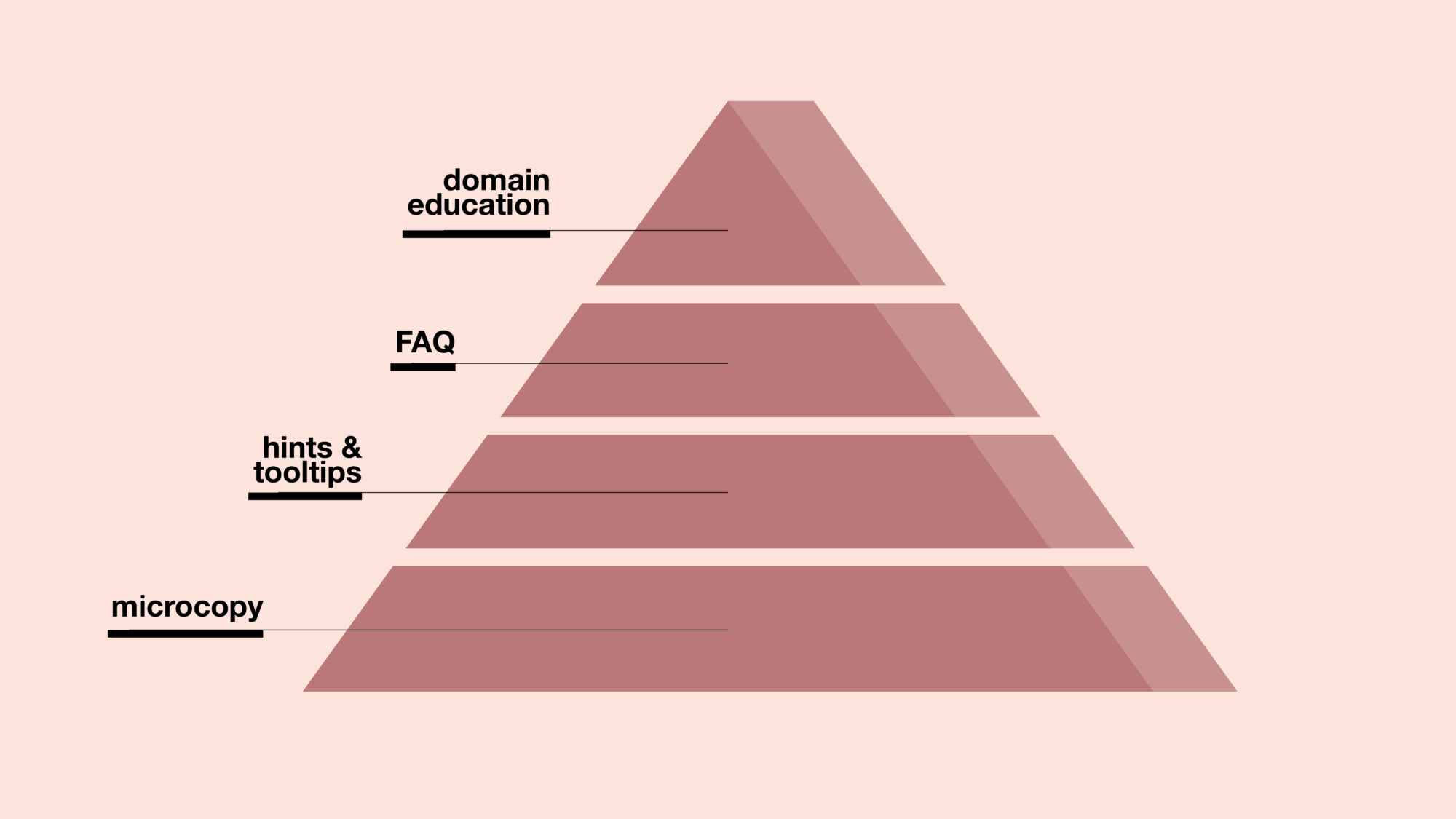
The foundation was writing perfect microcopy, using consistent and clear wording throughout the platform that is familiar to the target group. Between the two prototype versions, we strongly focused on enhancing these textual elements.
Hints and tooltips are very helpful for users just getting to know the platform, especially if they are offered in the right context. Since these UI elements are limited by character numbers (300-500 characters), we connected them to a topically structured FAQ page containing more thorough information (like tips on ad reports or benchmarking-related questions).
The Realeyes team is confident in the business value of their analytics, but as a category-creator, they must prove that value to marketers.
In order to implement a “play around experience” into PreView, we suggested designing an ROI calculator: a tool proven to be useful for generating engagement with the product.
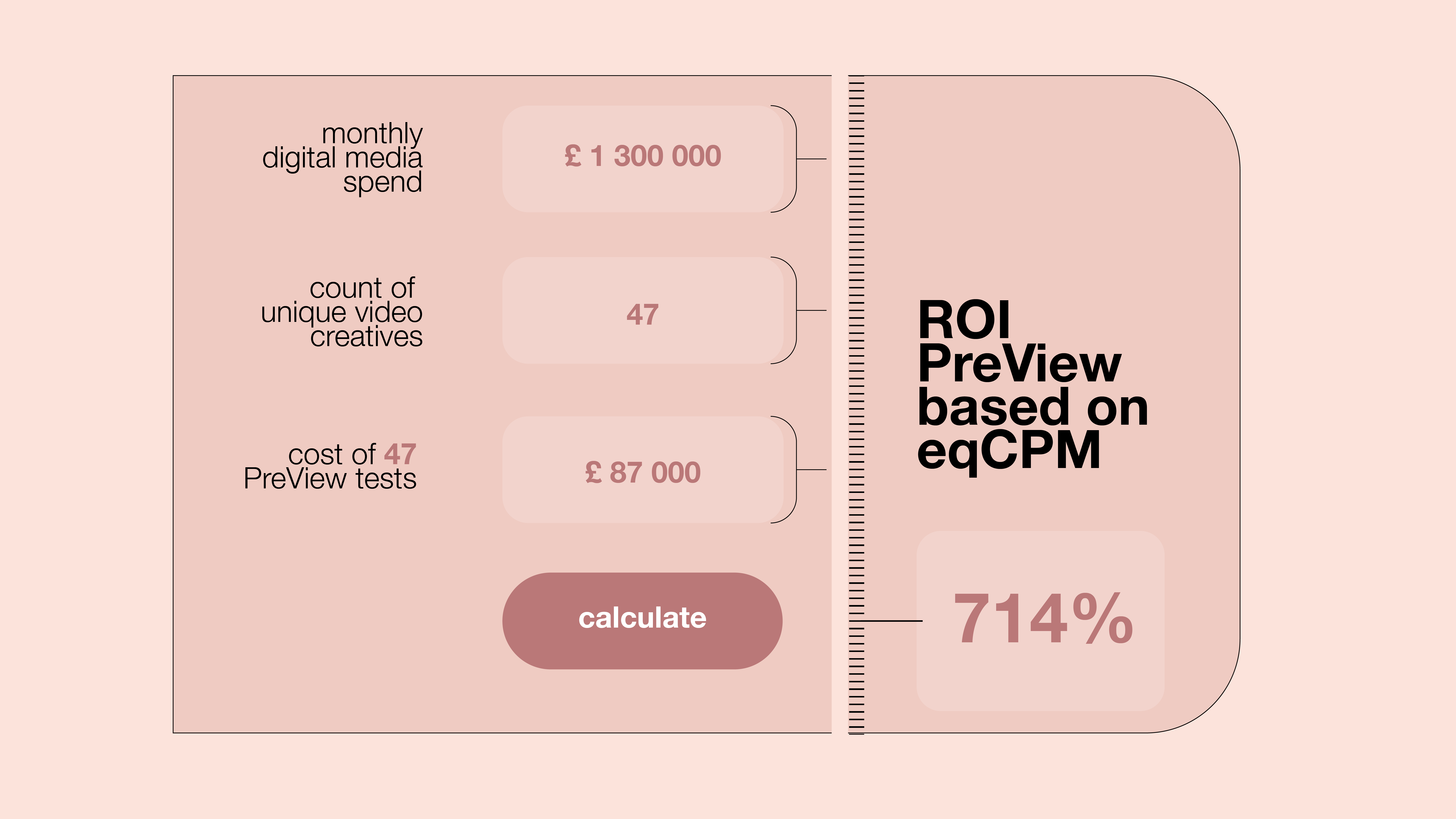
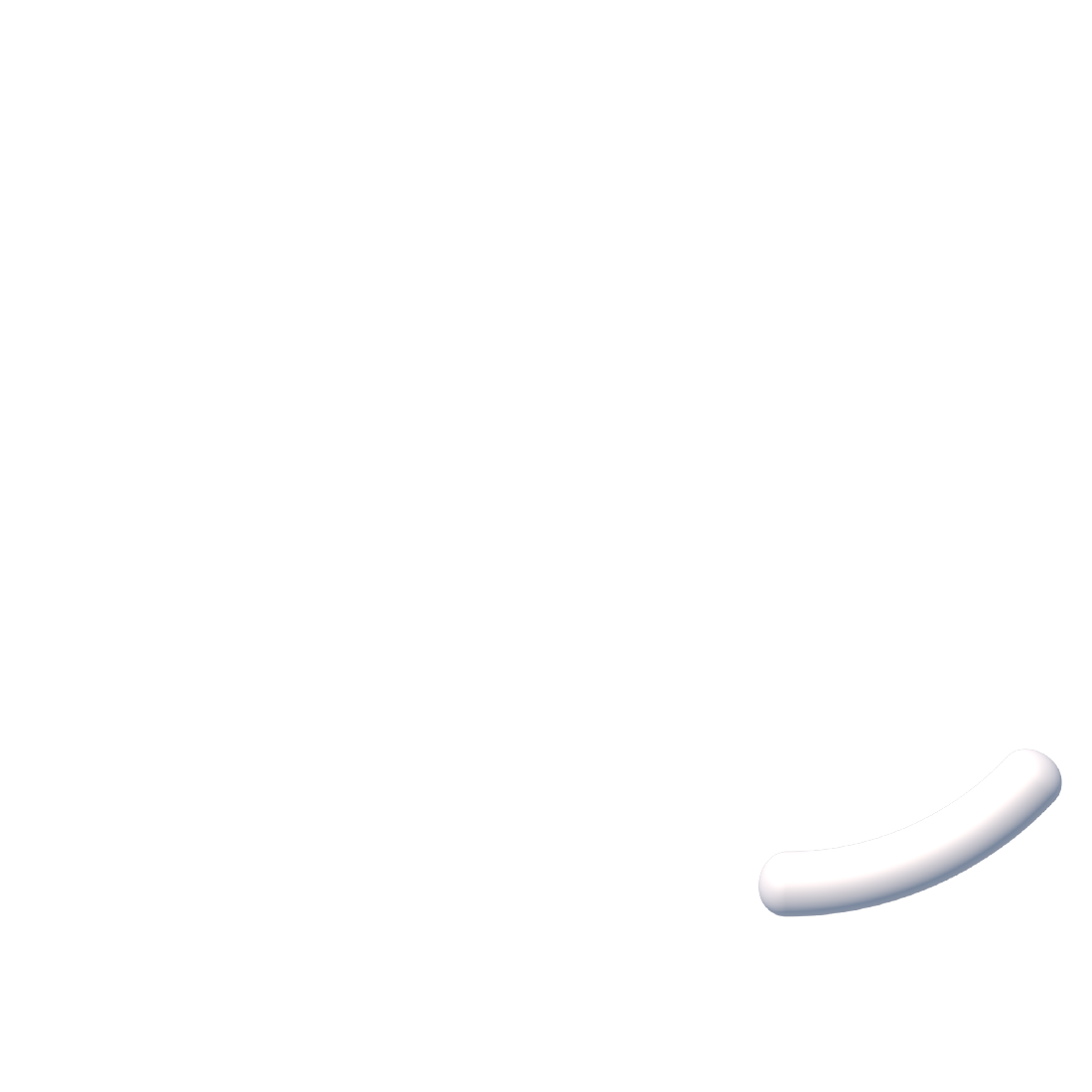
After a whole month dedicated to remote workshopping, prototyping and usability testing, finally, our PreView prototype is on its way to product development.
What’s even more important, our joint sprint has given their team an opportunity to think about the future of their product in a structured way. It also provided them with a framework to address critical questions about product development challenges.
No matter what your domain is, remote design sprints can bring your product development efforts to the next level. An intensive, timeboxed workflow will bring results and insights that otherwise would take much more time and energy to achieve.
